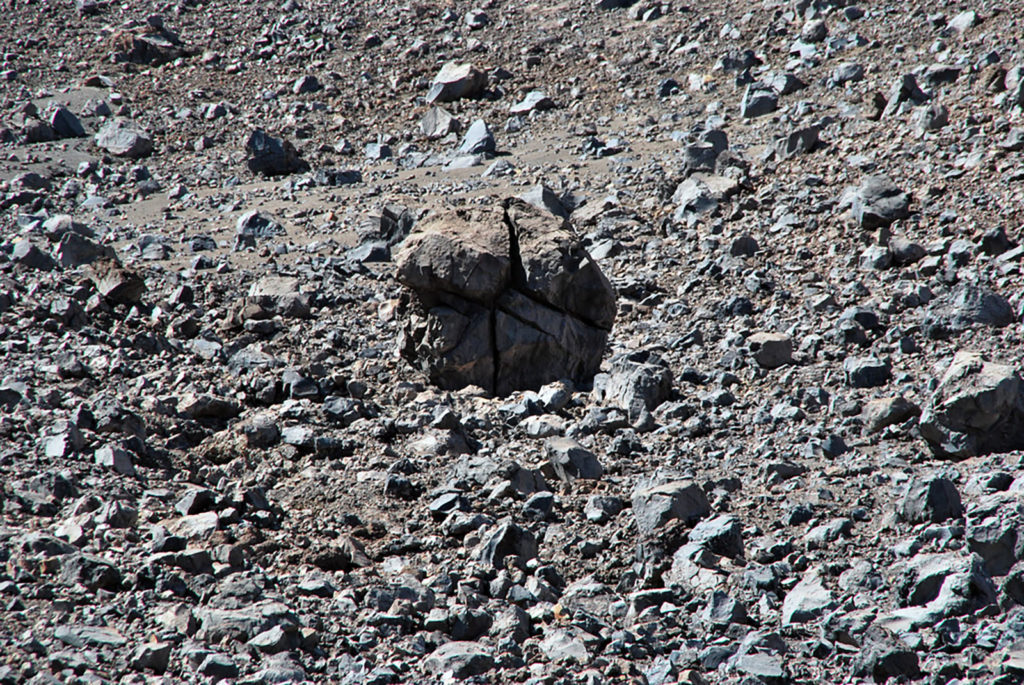The Gran Cratere of the Fossa stands above the port of Vulcano. Though not very tall, with just 400 metres of height, its charm is immense, because you have the chance to see a genuine volcano whose current activity is given by the numerous fumaroles on its summit.
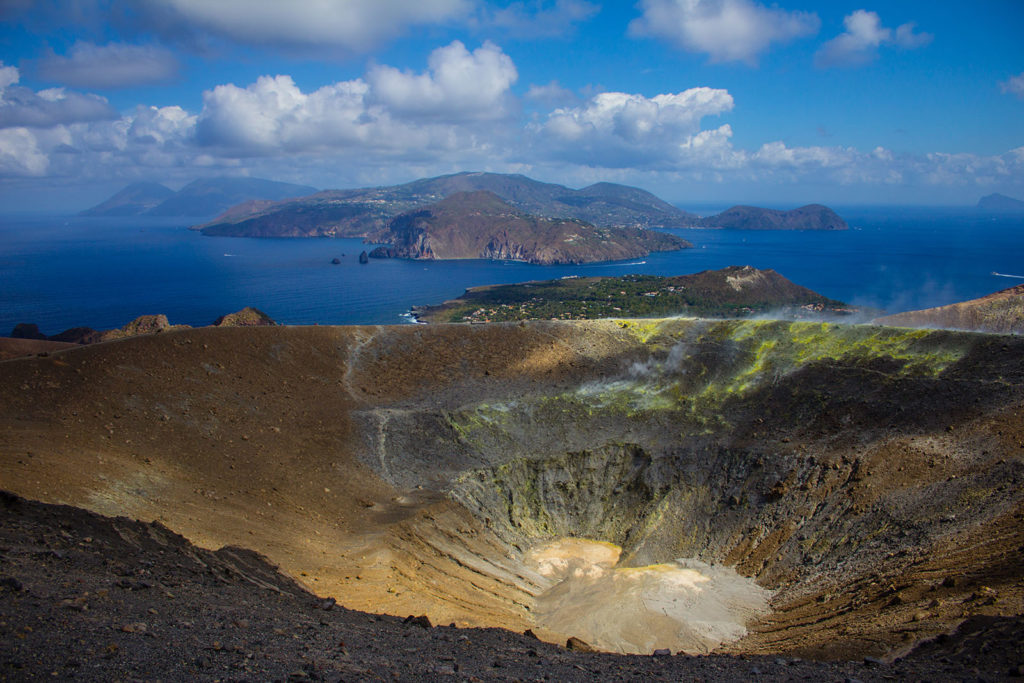
The ascent to the Gran Cratere is a walk of around 45 minutes which, if taken slowly, is suitable for everyone even in the summer heat. You will forget about the climb as soon as you reach the top. Once the path ends, looking north, where the port and the island of Lipari are, you can see all seven magnificent Aeolian Islands above a surprising blue sea.
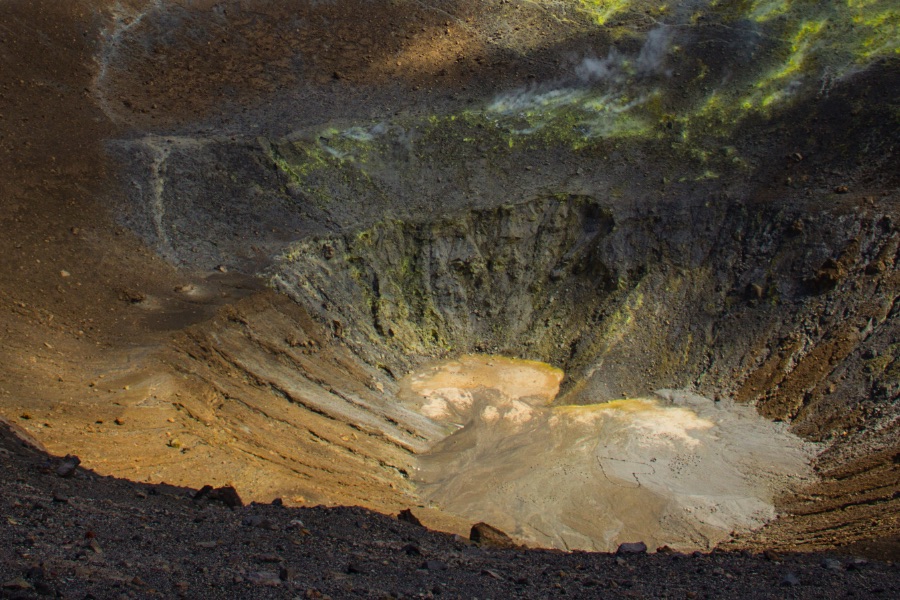
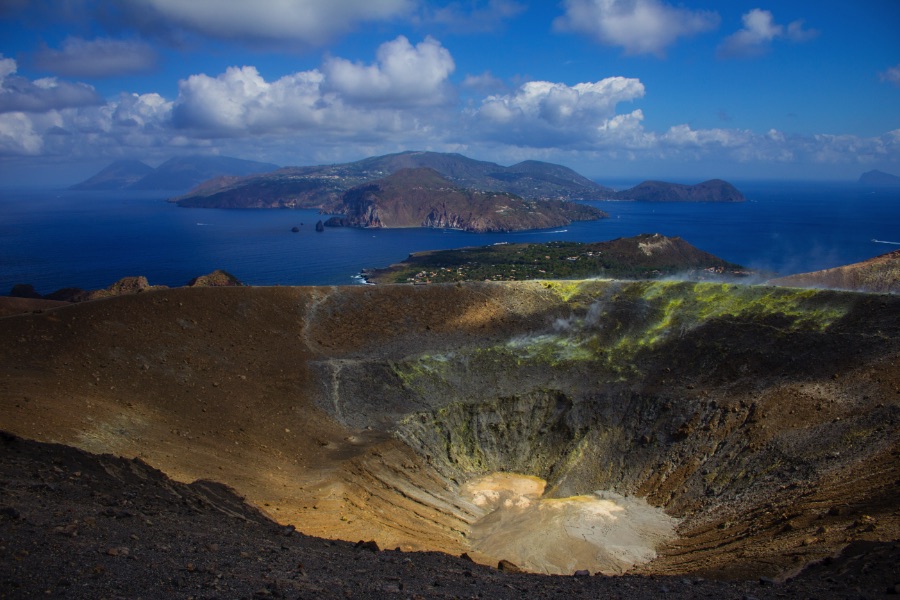
On days with more visibility, you can also see the majesty of Mount Etna rising 2000 metres above the northern mountain ranges of Sicily, which reach 1000 metres above sea level, and whose plumes of gas are practically always visible throughout the year.
To the south, on the other hand, you have the opportunity to observe the centre of the
crater
of Vulcano, with numerous fields of fumaroles that surround it. By going around the crater belt you will also have the chance to see the products of Vulcano’s last eruption between 1888 and 1890.
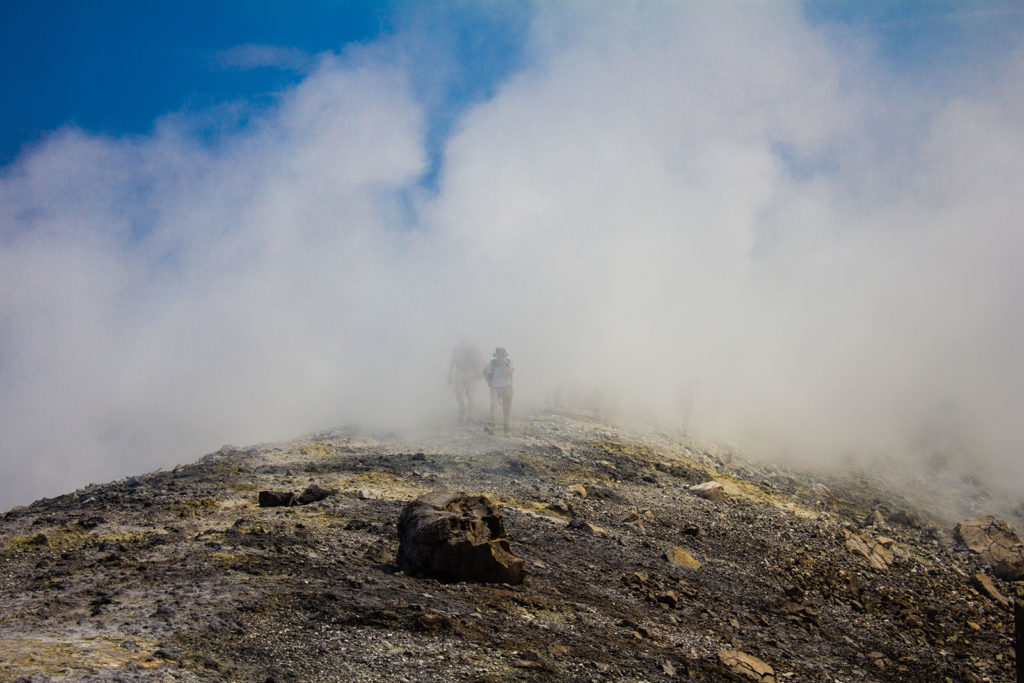 These are simply blocks of rock, ranging from a few decimetres to a few metres in size. They are dark grey in colour, very dense and therefore heavy, with fractures on the surface, which is where the name of
bread-crust bombs
These are simply blocks of rock, ranging from a few decimetres to a few metres in size. They are dark grey in colour, very dense and therefore heavy, with fractures on the surface, which is where the name of
bread-crust bombs
comes from.
These volcanic “bombs” are typical of vulcanian eruptions. The fractures and shapes change from one bomb to another; you will feel like you are looking at the section of an open-air sculpture museum!